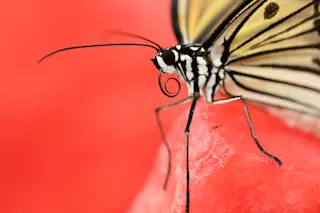(Credit: Ievgenii Meyer/Shutterstock) More than 7,000 languages are spoken around the world today, each with unique words and phrases. But linguists have usually assumed that the sonic palette humans have used to produce these languages hasn't changed much over time But a new study, published today in the journal Science, suggests otherwise. After analyzing languages from across the globe, a team of researchers found that sounds like “v” and “f” are relatively new, emerging just a few thousand years ago. These new sounds became possible when agriculture put softer foods on our plates, causing teeth to go through less wear and tear. Keeping long, healthy teeth into adulthood made it easier for humans to connect the upper teeth to the lower lip, making sounds like “f” and “v”. The discovery suggests that the range of human sound has actually changed over time, and that cultural factors like diet may have ...
The 'F' and 'V' Sounds Might Only Be A Few Thousand Years Old
Explore how changes in diet and language intertwine, highlighting the impact of agriculture on sound production. Discover new insights!
More on Discover
Stay Curious
SubscribeTo The Magazine
Save up to 40% off the cover price when you subscribe to Discover magazine.
Subscribe













